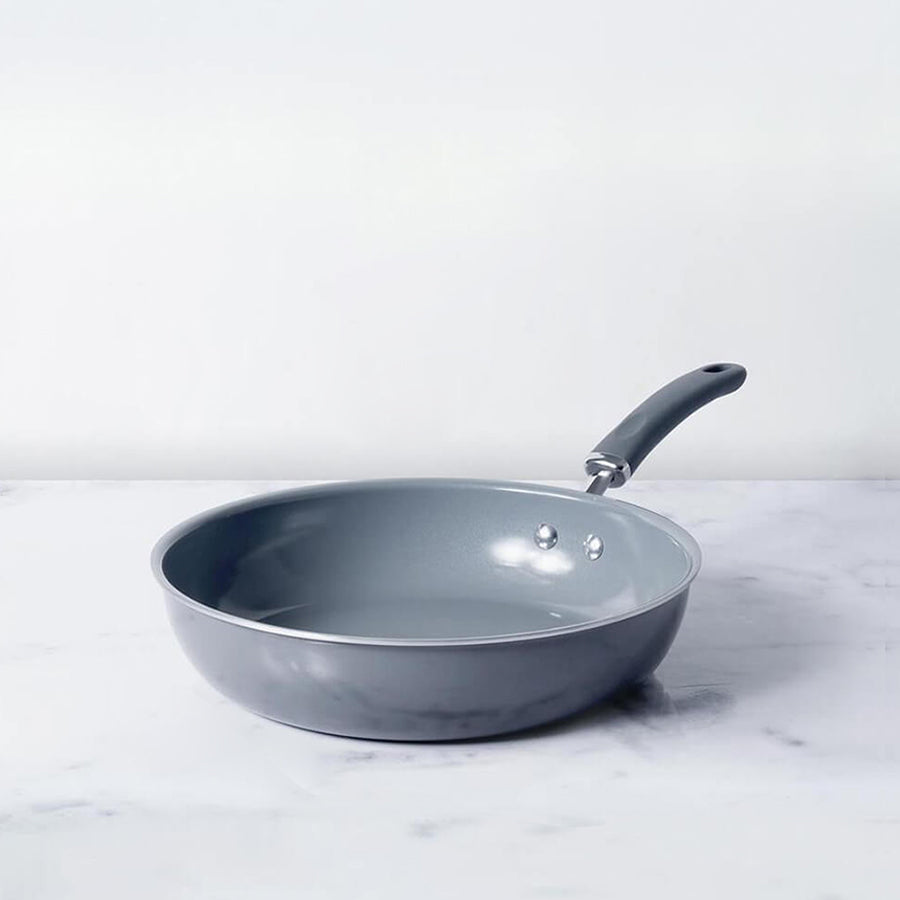Sabudana Dosa: Crispy, Delicious, and Perfect for Your Vrat Days
Fasting doesn’t have to mean compromising on flavor! Whether it’s Navratri, Ekadashi, or any other vrat (fasting day), this Vrat Vala Dosa offers the perfect balance between taste and tradition. Made with fasting-friendly ingredients like samak rice (barnyard millet), sabudana (tapioca pearls), or kuttu (buckwheat), this dosa is crispy, wholesome, and completely sattvik — free from grains, onion, and garlic.
If you're someone who misses South Indian food during vrat, this dosa will quickly become a favorite. It’s not only light on the stomach but also super easy to prepare with just a few ingredients from your vrat pantry.
So, let’s dive into this delicious recipe that keeps your fast flavorful and satisfying!
Table of Contents
What is sabudana dosa?
Unlike regular dosa, which uses rice and urad dal and involves fermentation, Vrat Vala Dosa is quick, non-fermented, and made with ingredients that are light, sattvik (pure), and in accordance with fasting rules followed during Navratri, Ekadashi, Mahashivratri, and other Hindu festivals.
It’s crispy on the outside, soft inside, and often paired with vrat-friendly chutneys like coconut chutney (without mustard seeds) or peanut chutney.
Main Ingredient of sabudana dosa:
-
1/2 cup sabudana (tapioca pearls) – dry roasted
-
1/2 cup sama rice (barnyard millet)
-
1 medium boiled potato
-
2 green chillies (adjust to taste)
-
1-inch piece of ginger
-
2–3 tbsp curd (yogurt – preferably fresh and homemade)
-
Sendha namak (rock salt) – to taste
-
1 tsp cumin seeds (jeera)
-
2 tbsp fresh coriander – finely chopped
-
Water – as needed to adjust consistency
- Ghee or oil – for cooking the dosa (use ghee for vrat)
What Is So Special About sabudana?
Fasting-Friendly, Yet Flavorful
While most fasting meals are simple and repetitive, this dosa breaks the monotony. It gives you the joy of eating something crispy, savory, and satisfying — without breaking any vrat rules.
Grain-Free & Gluten-Free
Made with samak rice and sabudana, this dosa contains no regular rice or wheat, making it easy to digest and perfect for those avoiding gluten or grains during fasts.
No Fermentation Needed
Unlike regular dosa that needs hours (or overnight) to ferment, this recipe is instant. Just blend, rest for a few minutes, and cook — ideal for busy mornings during Navratri or Ekadashi.
Nutritious & Filling
With ingredients like boiled potato, curd, and millets, it’s not only light but also energizing and wholesome — keeping you full for longer during fasting hours.
Sattvik & Wholesome
It follows all the sattvik (pure) guidelines — no onion, no garlic, and only naturally allowed ingredients. It aligns with the spiritual purpose of fasting while still being delicious.
Meyer Pre-Seasoned Cast Iron Flat Dosa Tawa, 28 cm
Quick and Easy sabudana dosa:
No Soaking Overnight
Unlike regular dosa made from rice and dal, which need soaking for 6–8 hours, Vrat Vala Dosa uses instant ingredients like roasted sabudana, sama rice, and boiled potato — all of which grind easily without long soaking.
No Fermentation Required
No waiting for the batter to rise or ferment! This dosa batter is ready to use immediately after grinding — saving you hours of prep time.
Minimal Ingredients, Maximum Flavor
You only need a handful of vrat-approved ingredients (most of which are already in your kitchen during fasting), making the recipe low-effort and beginner-friendly.
Cooks Just Like Regular Dosa
Once the batter is ready, the cooking process is the same as a normal dosa — spread, cook, flip, and serve. No complex techniques or tools needed.
Perfect for Busy Fasting Days
Whether it’s a hectic weekday vrat or a quiet Navratri morning, this dosa comes together in under 30 minutes, giving you more time to focus on your rituals — or just relax!
How to make
Step 1: Dry Roast the Sabudana
-
In a dry pan, lightly roast 1/2 cup sabudana on low flame for 4–5 minutes.
-
Roast until they feel slightly crisp to the touch (do not brown them).
-
Let it cool completely.
Step 2: Prepare the Batter
In a blender or mixer jar, add:
-
Roasted sabudana
-
1/2 cup sama rice (barnyard millet)
-
1 medium boiled potato (chopped)
-
2 green chillies
-
1-inch piece of ginger
-
2–3 tablespoons fresh curd (dahi)
-
Sendha namak (rock salt), to taste
Grind everything into a smooth batter, adding a little water as needed. The batter should be slightly thick but pourable.
Step 3: Mix and Adjust Consistency
-
Transfer the batter to a mixing bowl.
-
Add:
-
1 teaspoon cumin seeds (jeera)
-
2 tablespoons chopped fresh coriander
-
Add more water little by little to achieve a dosa-like pouring consistency (neither too thick nor too runny).
Step 4: Cook the Dosa
-
Heat a non-stick or iron tawa (griddle) on medium heat.
-
Lightly grease it with ghee or oil (use ghee for vrat).
-
Once hot, pour a ladleful of batter and spread it gently in a circular motion.
-
Cook on medium flame until the edges turn golden and crisp.
-
Optionally, flip and cook the other side for 30 seconds.
Step 5: Serve Hot
-
Serve the hot, crispy Vrat Vala Dosa with:
-
Peanut chutney
-
Coconut chutney (without mustard/tempering)
-
Or even plain curd with sendha namak and roasted cumin
Expert Tips
1. Use a Well-Seasoned Tawa
-
If you're using an iron tawa, make sure it's properly seasoned to prevent the dosa from sticking.
-
Always heat the tawa well before pouring the batter, but lower the heat slightly while spreading.
2. Don’t Skip Sendha Namak
-
Regular salt is not allowed during most fasts. Always use sendha namak (rock salt) for authenticity and spiritual compliance.
3. Boiled Potato Helps Bind the Batter
-
The boiled potato not only adds texture and taste but also acts as a natural binder, especially since there's no rice flour or dal.
4. Adjust Water Gradually
-
Add water in small amounts while grinding and after mixing. The batter should be slightly thick but pourable — like pancake batter.
-
Too thin, and the dosa won’t hold shape; too thick, and it won’t spread well.
5. Use Ghee for Authentic Flavor
-
Cooking the dosa in pure desi ghee enhances both flavor and sattvik (pure) quality — perfect for fasting days.
6. Add Herbs & Spices for Flavor
-
While keeping it vrat-friendly, you can still enhance flavor with:
-
Cumin seeds (jeera)
-
Green chillies
-
Fresh coriander
-
A pinch of black pepper powder (optional)
7. Avoid Fermentation
- This recipe is meant to be quick and instant. Fermentation isn't needed — and not typically done for vrat recipes.
Recipe Card














Leave a comment